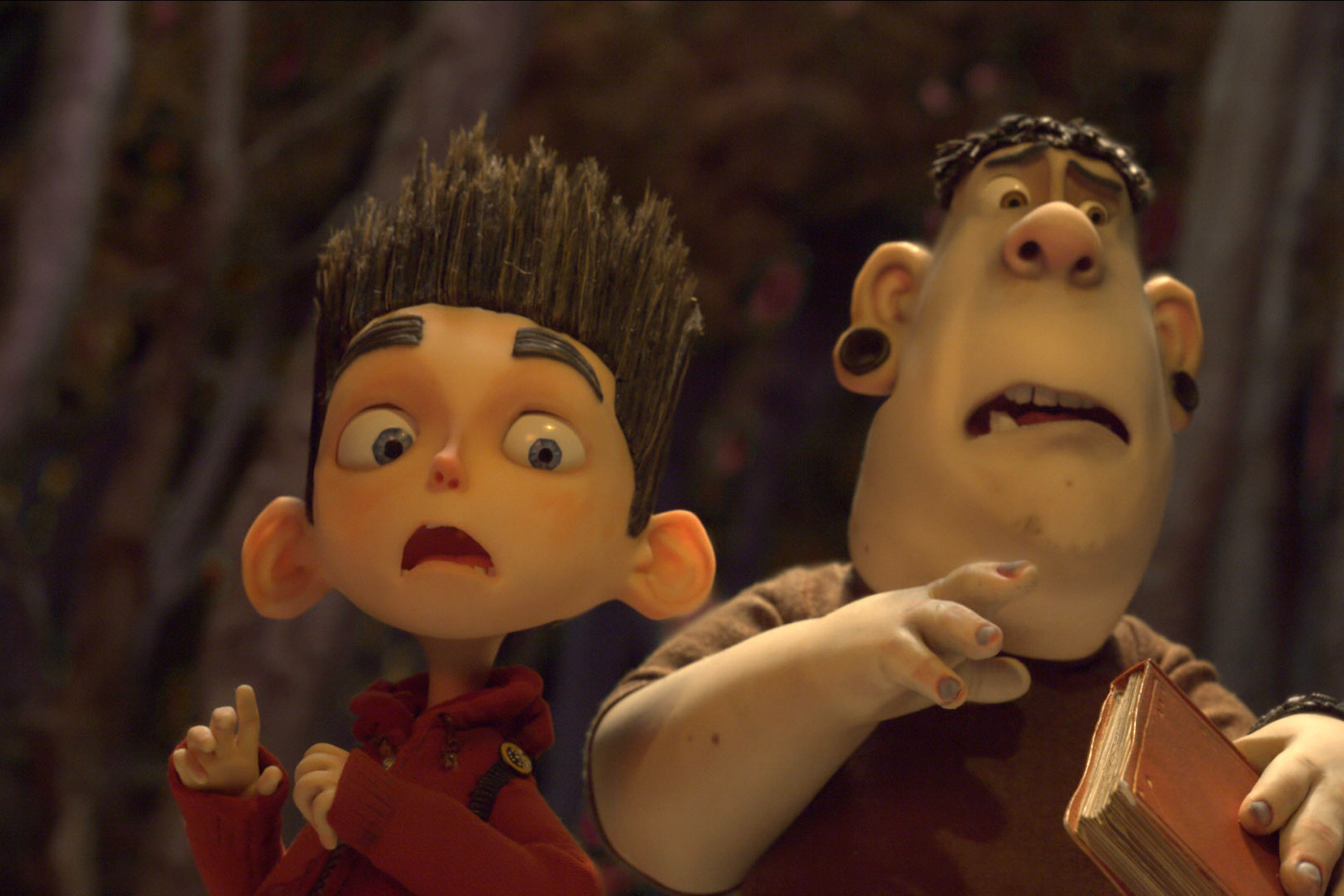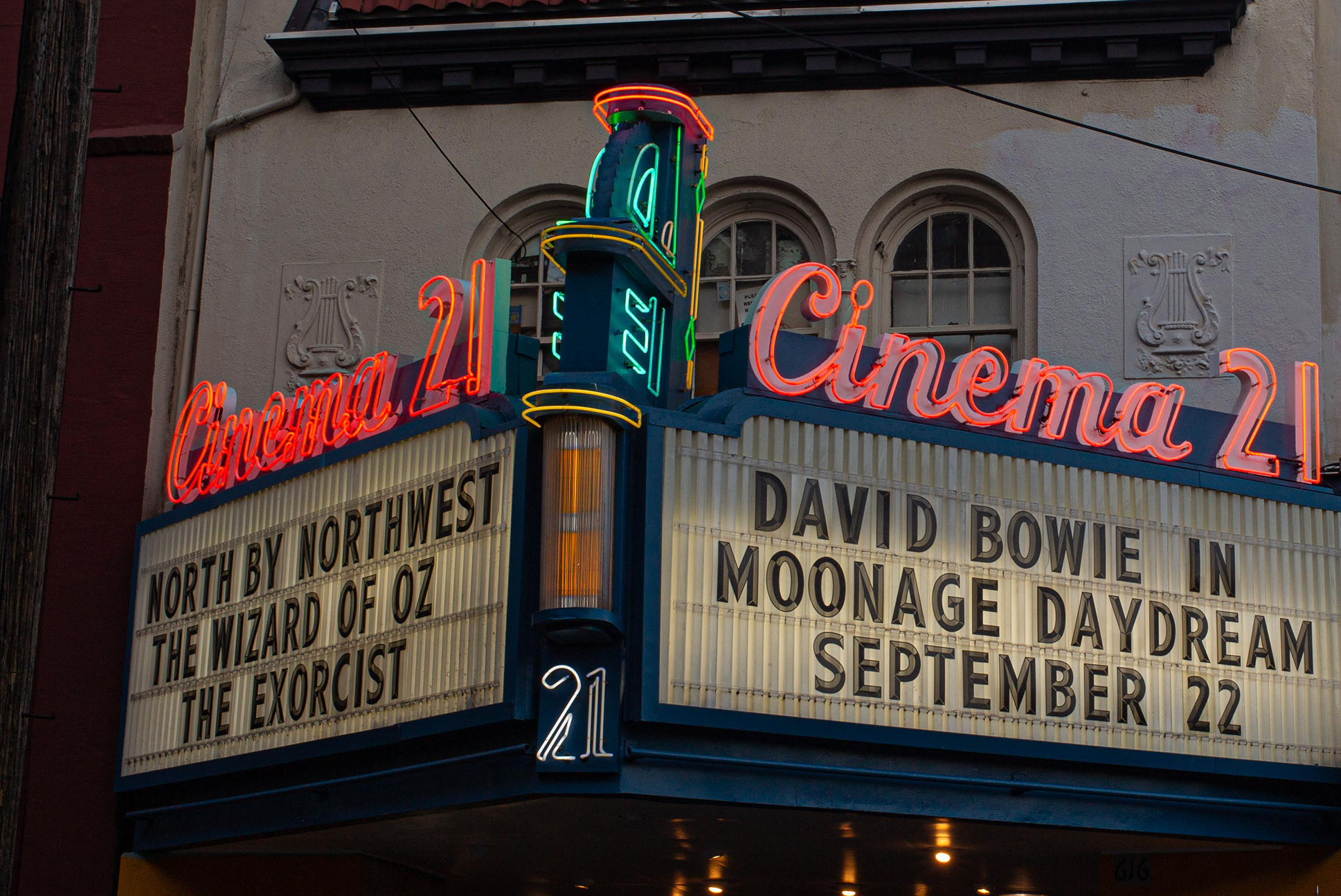Catching Up with RACC Leader Madison Cario, One Year In

Image: courtesy K.B. DIXON
If you’ve been to a play or a gallery in Portland since 1995, you’ve probably heard someone mention RACC. Launched as a nonprofit replacement for the defunct Metropolitan Arts Commission, the Regional Arts & Culture Council provides financial support to a huge swath of local artists—chances are high it has helped some of your favorite art happen.
Last January, Madison Cario relocated from Atlanta to take the reins as the council’s executive director. We caught up with them a year in to discuss their experience steering one of Oregon’s biggest arts orgs.
What drew you to this position? The opportunity to be a funder on the West Coast. In every city I’ve been in, I’ve started a series where I would support and present local artists. From there, I started doing fundraising and development work, and in Atlanta [as director of the office of the arts at Georgia Tech], I was looking at the intersection of creative technology and art—holograms, bringing Maria Callas back to life to sing with an orchestra, drones in dance. Really bringing these things together. No one’s gonna fund that.
Your biggest responsibility? I want to incubate people, projects, and ideas. I think my role here is really about what are we not thinking about? How do we bring models of venture capital into the conversation? How do we use our budget as a moral document to make change?
Describe your utopic vision of Portland in 20 years. I hope that there’s a greater sense of connection among the arts, culture, and creative communities. Where’s the design community? Where’s the apparel community? Where’s the architecture community? In 2040, I hope that we meet often. I want to be a role model for handling influx—one of the biggest problems and opportunities for Portland is the number of people moving here, and in 2040, I hope we’re in conversation with the builders who are literally building the ground.
What makes Portland’s arts and culture great? The people. The diversity of the field, the diversity of form. There is a fearlessness here, an “I’m just going to try my own thing.” There’s a certain grit and resilience, as well. I think the closeness with all the beauty and nature is very impactful. You can’t walk anywhere without running into art or an artist.
Where do you think it struggles? We have problems understanding our own value. We’ve got historic, systemic racial inequities we need to challenge. I think we have some age bracket issues: 18 and under we don’t consider in a really thoughtful and intentional way. On the other end of the spectrum, where do our masters—we used to call them elders—fit in?




